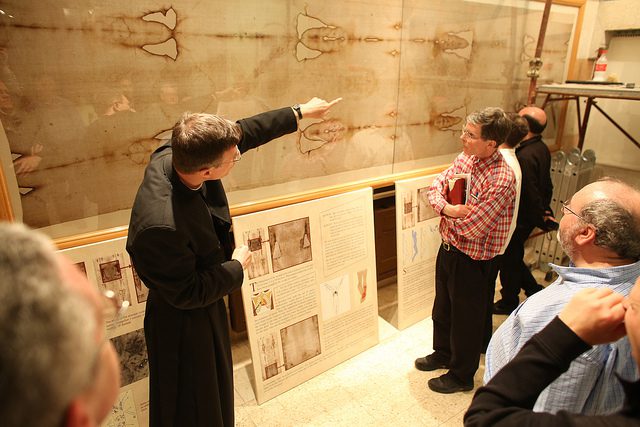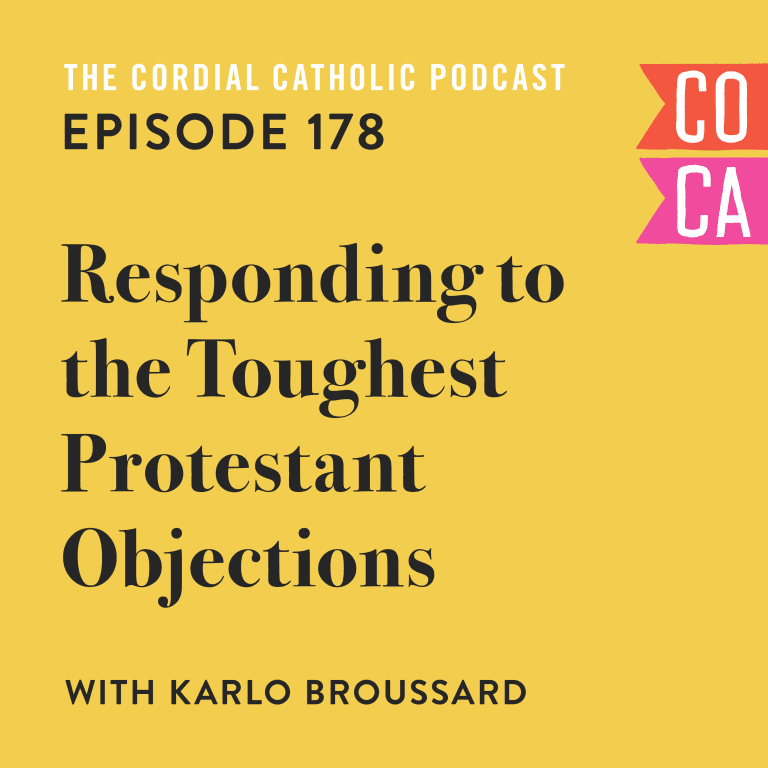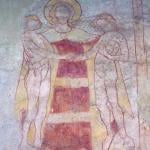
As someone with a more than passing interest in the world of the paranormal and bizarre I’ve always had a particular fascination with the ancient Shroud of Turin. But it wasn’t until I became Catholic and shook off my Protestant superstition towards the physical dimension of my faith that fascination passed into a kind of devotion.
That the burial shroud which covered Christ’s body still exists as something we can see and touch seemed incredible to me. That it would bear the image of Jesus. That it has, to date, defied any kind of scientific explanation. What a grace!
Relics, objects which were touched by esteemed, holy Christian men and women or, sometimes, even bits and pieces of these Christian men and women, have been held to carry certain graces since basically the beginning of Christianity. And while Protestant Christianity has lost much of its past connection with the physical nature of the faith it’s important to recognize that this side of the Christian reality has deep, biblical roots.
Something that might surprise many non-Catholic, non-Orthodox Christians.
Let’s investigate three examples.
1. The Cloak of Christ (Mark 5:25-34; Luke 8:43:48; Matthew 9:20-22)
The first example of physical relics possessing supernatural powers comes from the Gospels.
Recorded in Matthew, Mark, and Luke the account of a woman touching the hem of Jesus’ cloak in order to be healed presents an exceptionally compelling case for the power of physical things. This woman, the Gospels tell us, knew that if she could only touch the hem of Jesus’ cloak she would be healed.
We know from examples in the Old Testament that Jewish believers in Jesus’ time understood the power of God at work through physical relics. The story of Elisha’s bones bringing to life a dead man (2 Kings 13:20-22) would’ve been a well-known text for God-fearing Jews, and this is just a singular example.
Like her first century contemporaries, the bleeding woman depicted in the Gospels knew that physical relics like the cloak of Christ carried a special grace. And of course she did, the Jewish faith was very physical in its practice, its rituals, and its understanding of God—think of the burning bush, the Ten Commandments, the physical, sacrificial system.
Sure, the bleeding woman could’ve reached out and grasped Christ but the Gospel writers make it clear: she needed only touch his cloak.
2. Paul’s Dirty Laundry (Acts 19:12)
Our second piece of biblical backing comes from the Acts of the Apostles. Here, in Acts 19, we see God performing incredible miracles through “the hands of Paul.” Miracles which extend, incredibly, to the physical relics which have come into contact with the great apostle: his dirty laundry.
Acts 19:11-12 says,
God was performing extraordinary miracles by the hands of Paul, so that handkerchiefs or aprons were even carried from his body to the sick, and the diseases left them and the evil spirits went out. (NASB)
Like the power dispelled to the bleeding woman who touched Christ’s cloak, the power of God somehow remained even on the garments which were worn by Paul. Literally, his dirty laundry.
The Shadow of St. Peter (Acts 5:12-16)
Our final example isn’t exactly a physical relic but rather something even more sublime: the physical place where an apostle used to be.
Acts 5:12-16 gives us this incredible account,
Now many signs and wonders were regularly done among the people by the hands of the apostles. And they were all together in Solomon’s Portico. 13 None of the rest dared join them, but the people held them in high esteem. 14 And more than ever believers were added to the Lord, multitudes of both men and women, 15 so that they even carried out the sick into the streets and laid them on cots and mats, that as Peter came by at least his shadow might fall on some of them. 16 The people also gathered from the towns around Jerusalem, bringing the sick and those afflicted with unclean spirits, and they were all healed. (ESV)
Not only were the physical things which had touched Jesus and the apostles held in particular importance—accorded a special place—but even the shadow of an apostle like Peter was seen as something which could channel God’s healing graces.
Quite literally, the place where he’d just been was infused with supernatural grace.
If, then, the Jewish people of Jesus’ time were people who understood and sought out the graces of God through the physical realm it shouldn’t surprise us when relics like the Shroud of Turin or alleged pieces of the True Cross on which Jesus was crucified turn up in Church history.
After all, if the Jewish believers in Jesus’ time understood the power of his cloak, Paul’s dirty laundry, and the mere shadow of an apostle it shouldn’t surprise us that they’d collect Jesus’ burial cloth when it was found abandoned in his empty tomb (John 20:7). Or that his most earnest disciples wouldn’t try to acquire the cross on which he was crucified—and victorious over!
In a first-century Jewish world these things make sense—and fit into a roundly biblical context.
I recently read a book about the quest to find the final burial place of Peter, long thought to be in Rome, and came across an outstanding fact about relics. As historians, archaeologists, and anthropologists sought to find the ancient resting place of the apostle they stumbled across evidence of an ancient network of pilgrims. Pilgrims who had come—secretly, in the earliest years of the Church—to get close to the buried body of Peter.
These pilgrims would let down a piece of cloth on a string into the tomb where Peter was originally buried. In fact, a special opening was carved in the tomb for just this purpose. A cloth touched to the body of Peter was thought to possess, like relics of the New Testament, some special graces.
While the Catholic (and Orthodox) world of relics might seem strange and foreign to a materialistic Protestant point-of-view it’s important to recognize the strong biblical basis for our understanding of relics. After all, consider for a moment this: if we had Paul’s dirty laundry, or had captured the shadow of the great apostle Peter, does the grace of God somehow expire?
In other words, if we had Paul’s hankerchief today what’s to say it wouldn’t miraculously heal even still?
And why not?
Here it’s important to recognize this. That relics, today, play the exact same role as they always have. Since the accounts recorded in the Bible. As Catholic (and Orthodox) Christians we believe in a continuous Body of Christ—that our bodily deceased brothers and sisters can still pray for us from Heaven—and, in this context, why wouldn’t the physical things those holy men and women interacted with while they were alive not still hold some special graces?
Just like the cloak of Christ, the shadow of St. Peter, and St. Paul’s dirty laundry?
Photo courtesy of George Martell/TheGoodCatholicLife.com.












